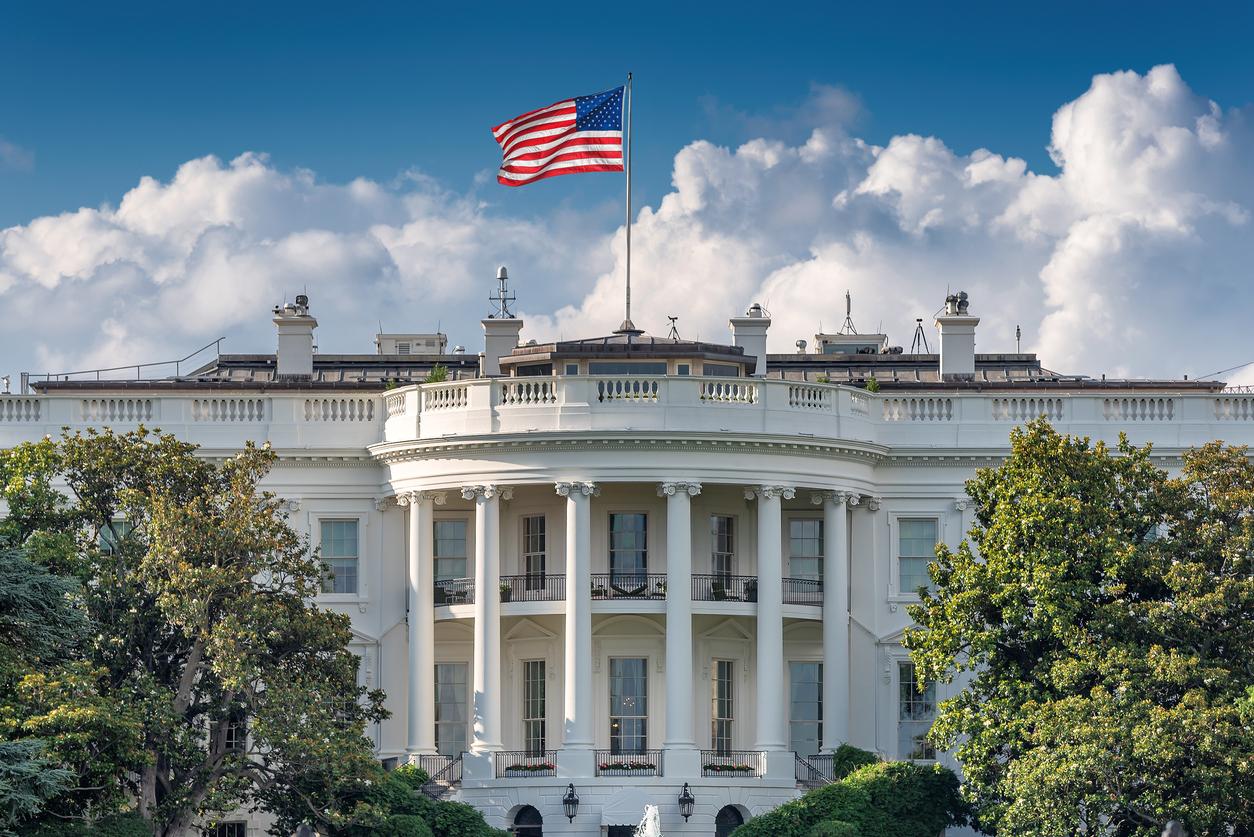In the latest public health developments at the federal level, President Trump yesterday signed an executive order that would place new restrictions on gain-of-function pathogen research and a group of 20 attorneys general from 19 states and the District of Columbia filed a lawsuit against the Department of Health and Human Services (HHS) over impacts from cuts and massive restructuring.
Executive order would scrap newly adopted framework
The executive order was issued just ahead of a new framework for federally funded projects that was set to take effect after an extensive review by the National Science Advisory Board for Biosecurity (NSABB) and policy revisions by the Office of Science and Technology Policy (OSTP) under the Biden administration.
Trump’s executive order said Biden’s policy had insufficient oversight and directs the OSTP to revise or replace it with new regulations, according to the New York Times, which also said the executive order would bar funding for research projects that were deemed dangerous and were conducted in countries of concern. The policy also seeks to oversee research in the United States that isn’t supported by federal funds.
In 2014, the Obama administration stopped funding to review research policies, but the first Trump administration lifted the ban in 2017 and put in place a new review process. Trump administration officials and some intelligence groups have said SARS-CoV-2 came from a lab in Wuhan, China, but published studies have put together evidence that suggests the virus likely jumped from animals to people at a Wuhan live market.
Andrew Pekosz, PhD, a professor in department of molecular microbiology and immunology at Johns Hopkins Bloomberg School of Public Health, said on X today that order is full of vague language and is more likely to slow important research than provide greater biosafety and biosecurity.
“A strict adherence to what is written would mean we can't study antigenic drift or antiviral resistance in seasonal influenza - something we know is developing naturally in those viruses,” he wrote. “We had a reasonable policy that was supposed to go into place today, but now we start from scratch to get something in place in the next 90-120 days.”
HHS suit cites cuts to life-saving programs, extra burdens for states
Meanwhile, in a lawsuit filed in Rhode Island yesterday, attorneys general from 19 states and the District of Columbia challenged cuts to the HHS, claiming that major restructuring has cut life-saving programs and put extra burden on states to pay for health crises, the Associated Press reported.
The suit said the two rounds of cuts stripped 25% of the HHS workforce, shuttered several agencies, and are impacting states’ ability to test for infectious diseases, respond to measles outbreaks, and track cancer for some groups. The states also said the cuts are impacting states’ ability to make eligibility decisions for medical assistance programs and hampering mental health and tobacco cessation efforts.
The states maintain that the administration can’t unilaterally eliminate programs and funding that were appropriated by Congress. The latest suit comes on top of an earlier challenge by a group of 23 states over the administration’s cuts to federal funding for COVID-19 and other public health initiatives.



















